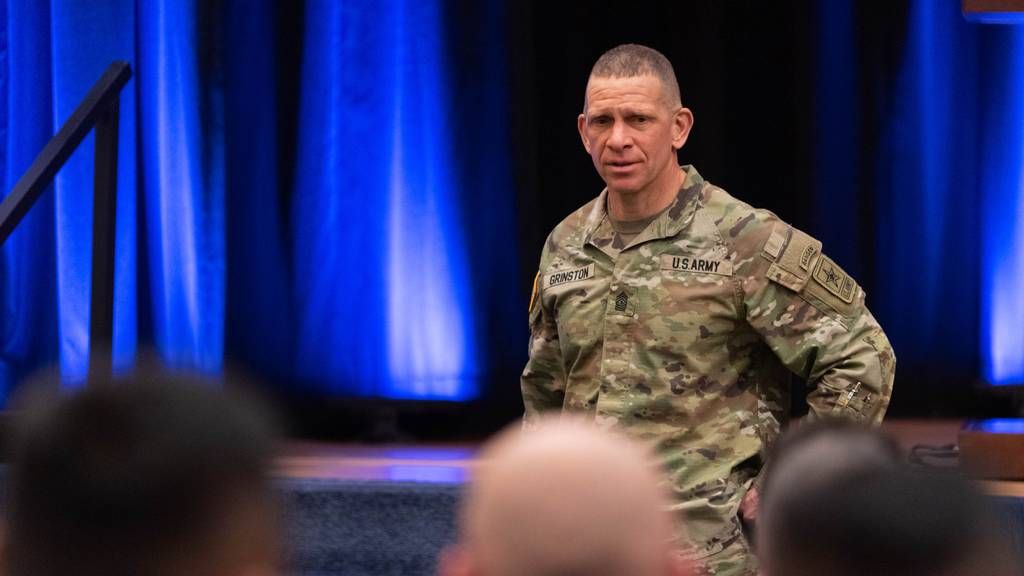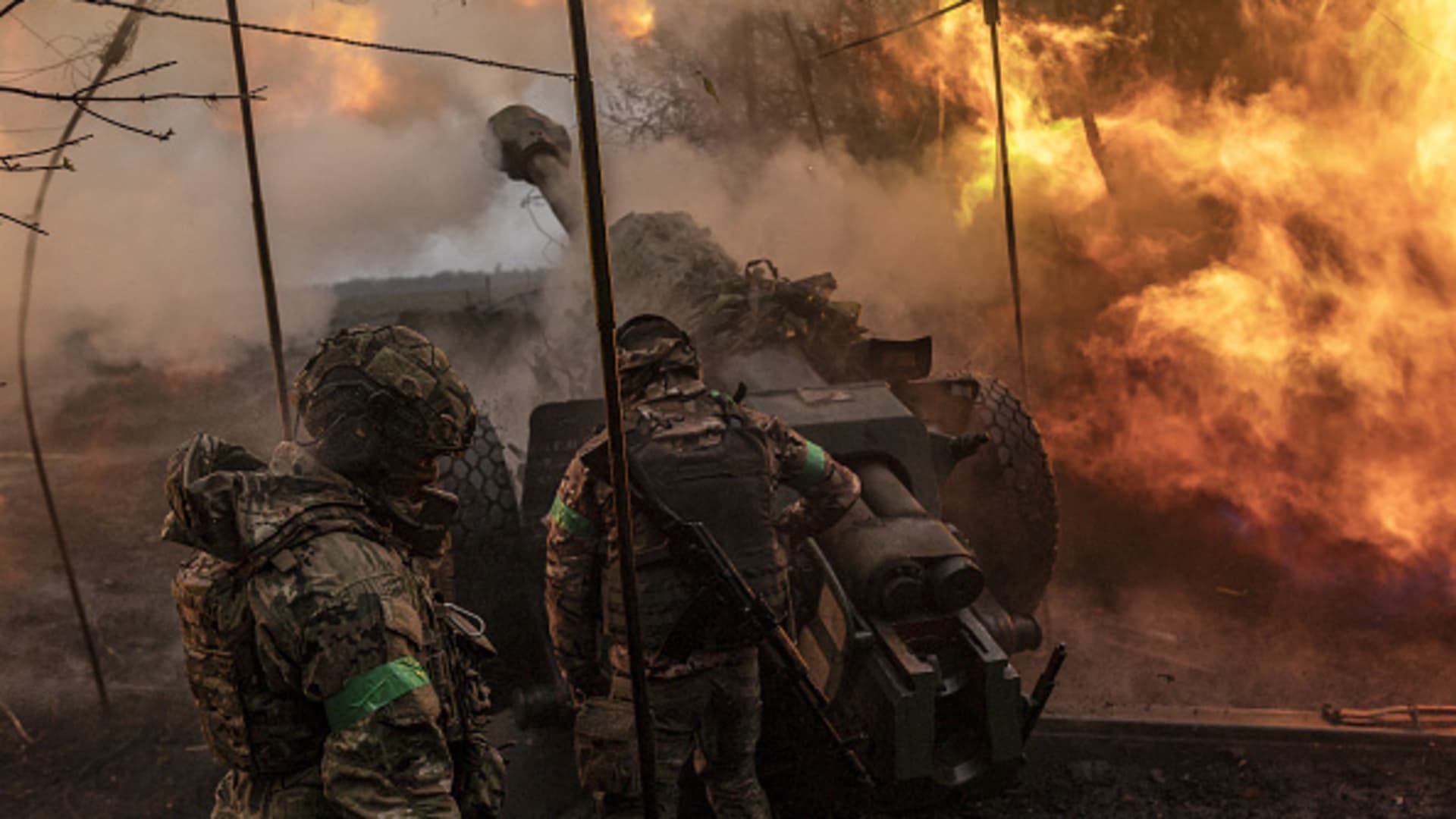Soldiers under ‘enormous strain,’ warns Army’s top enlisted leader
Even though America’s longest war has drawn to an end, soldiers continue to face a breakneck operational tempo, and for the time being, there seems to be little chance of respite as the Army is left short-handed amid a recruiting crisis.
“We have an enormous strain on soldiers,” Sergeant Major of the Army Michael Grinston said earlier this month. “We’re busier now than we ever have been.”
The Army’s top enlisted leader recently issued the dire warning at the Fires Symposium in Lawton, Oklahoma, calling current strains on personnel a “huge concern” for him, according to a release by the Association of the United States Army.
The high operations tempo, coupled with the shrinking size of the force, means that soldiers are being asked to do more with less.
For the second year in a row, the Army missed its target recruiting goal. According to AUSA, the Army’s projected strength for fiscal year 2024 is roughly 951,800 soldiers, counting active duty, Guard and Reserve. That total marks a 20% decrease from the service’s end strength in 2022.
Contrary to claims that the U.S. military has scaled back its operational tempo during what has been branded as peacetime — a claim that overlooks the risks shouldered by service members still serving in combat zones, like Iraq and Syria — American soldiers find themselves deploying regularly for missions abroad as well as at home.
There are advise and assist deployments in Iraq and Syria, some of which rely on detachments with unique capabilities, such as air artillery defense units. At home, the Army and National Guard have been called upon to serve as duct-tape fixes for everything from the COVID response to support at the U.S.-Mexico border.
“The link of everything we’ve done has been the Army,” Grinston said, according to the release. “Whether it’s COVID, hurricanes, forest fires, Russia, Ukraine, all the way to what we’re doing today. That’s why, again, I’m concerned about our optempo.”
The tempo may be grueling, but soldiers continue to meet the high expectations set before them, Grinston added.
“We’ve never said no,” Grinston said of the Army. “I’ve watched these soldiers, year after year, they’ve said, ‘Yes, I’ll go do that.’”
Then-U.S. Army Forces Command’s Command Sgt. Maj. Michael A. Grinston speaks to Soldiers of E Company, 2nd Battalion, 506th Infantry Regiment, 3rd Brigade Combat Team, 101st Airborne Division at Ft. Campbell, May 22, 2018. (Sgt. Steven Lopez/Army)
Grinston’s remarks at the Fires Symposium come on the heels of another conversation in which he raised workload concerns of the average soldier. In April, Grinston told Military.com’s Steve Beynon “the average citizen doesn’t know how stressful this is on our families. I think it has been an incredible strain on our soldiers and our families.”
Ahead of a deployment overseas, soldiers must meet a series of requirements before even beginning pre-deployment training. Individual tasks may only take a day here or there, but they pile up. This period is followed by a month-long pre-deployment training evolution — often hosted at the National Training Center at Fort Irwin, California, or the Joint Readiness Training Center at Fort Polk, Louisiana — that may be further augmented by unit-level exercises specific to select commands or career fields.
Atop the pre-deployment period, personnel must meet unit-level logistical requirements, individual preparations for necessary armor and gear, screenings, staffing and so on. Finally, when every task has been completed, the deployment and all the rigors and risks that come with it await.
Soldiers eventually return home and are afforded a breather, albeit brief, before doing it all over again. With manpower issues looming and a tempo that won’t slow, it remains to be seen whether this cadence is sustainable — not just for the Army, but for those who fill its ranks.
James is the editor of Army Times and a Marine Corps veteran.
Source: ArmyTimes.com


